
Why Are Vintage Pencils Better Quality?
Introduction
Ah, vintage pencils—the unsung heroes of our writing kits! They carry an air of nostalgia, whispering stories of yesteryear with every stroke. Remember the smell of freshly sharpened cedar? Or how about that satisfying “pop” when the graphite hits the paper? Vintage pencils have a charm that modern pencils just can’t replicate.
Picture this: you’re in a vintage shop, sifting through dusty drawers, and you stumble upon a box of Ticonderoga Woodgrain pencils. Your heart skips a beat! These beauties used to glide across paper like a dream, leaving behind a trail of rich, dark lines. It’s like finding a long-lost friend who still knows how to make you laugh.
Vintage pencils often boast unique characteristics that set them apart from their modern counterparts. For instance, have you ever tried a vintage Eagle Chemi-Sealed Mirado 174? The smoothness is like writing with liquid silk. You might even find some odd designs, like film lead pencils, which were once essential for photographers. Talk about quirky!
Also, let’s not forget the craftsmanship. These pencils were made with care, using high-quality materials that stood the test of time. Unlike today’s mass-produced options, vintage pencils were often crafted in smaller batches, ensuring attention to detail. It’s like comparing a hand-knit sweater to a factory-made one—there’s simply no contest.
As we dive deeper into the world of vintage pencils, prepare for some delightful surprises. From the materials used to the emotional connections they evoke, these writing instruments are more than just tools; they are relics that remind us of simpler times. So, grab your favorite notepad, and let’s embark on this journey through the charming world of vintage pencils!
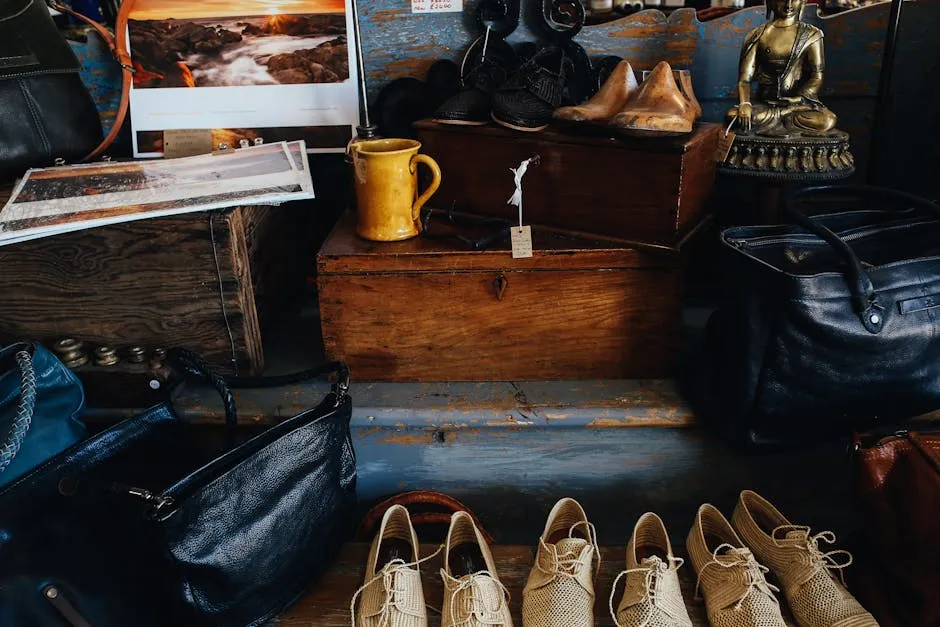
Summary of Key Points
Vintage pencils are not just relics; they are a quality writing experience. Here’s a sneak peek at what makes them stand out:
- Materials: Vintage pencils use superior wood and graphite. This combination enhances durability and writing quality.
- Craftsmanship: The techniques employed in the past ensured that each pencil was reliable and durable, often outlasting modern versions.
- Personal Connection: There’s a nostalgic value tied to using vintage pencils. They remind us of school days, creative projects, and late-night writing sessions.
- Comparison: Vintage pencils frequently outperform modern ones in comfort, reliability, and writing experience. Their unique designs often add character too.
Join us as we uncover the allure of vintage pencils, celebrating their historical context, craftsmanship, and the exceptional writing experience they provide. Whether you’re a collector or simply curious, there’s much to appreciate in these timeless treasures!
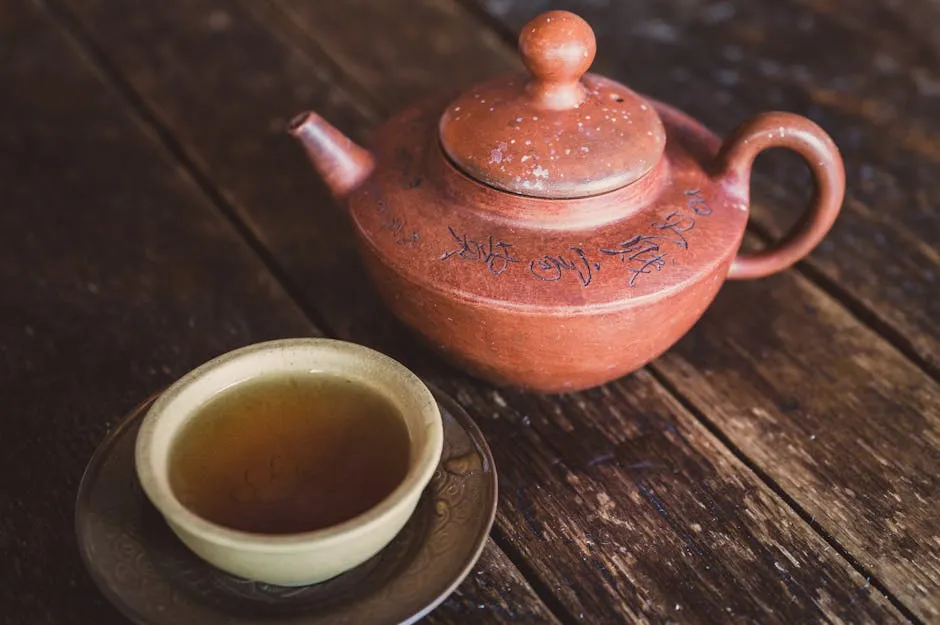
Craftsmanship and Materials
Vintage pencils are often celebrated for their superior craftsmanship and materials. The wood used in these writing instruments is typically high-quality cedar, a choice that not only enhances durability but also provides a pleasant aroma during sharpening. This wood is often sourced from specific regions known for producing the best timber, ensuring a consistent quality that modern manufacturers sometimes overlook.
The graphite in vintage pencils also stands out. Unlike today’s often blended graphite, vintage versions frequently utilized pure graphite, which contributes to a smoother writing experience. This purity allows for a more consistent mark on paper and eliminates the graininess that can plague lesser-quality modern pencils. Vintage brands such as Faber-Castell and Ticonderoga have long been revered for their exceptional materials, resulting in pencils that age gracefully and maintain their performance over time.
In contrast, many modern pencils are made with cheaper materials. The wood used might be a mix of softwoods or composites, which can splinter easily and often result in a less pleasant sharpening experience. Additionally, the graphite is frequently produced with fillers that compromise the smoothness and consistency of the writing experience. This shift towards cost-cutting measures may save manufacturers money, but it often leaves writers longing for the quality found in vintage options.
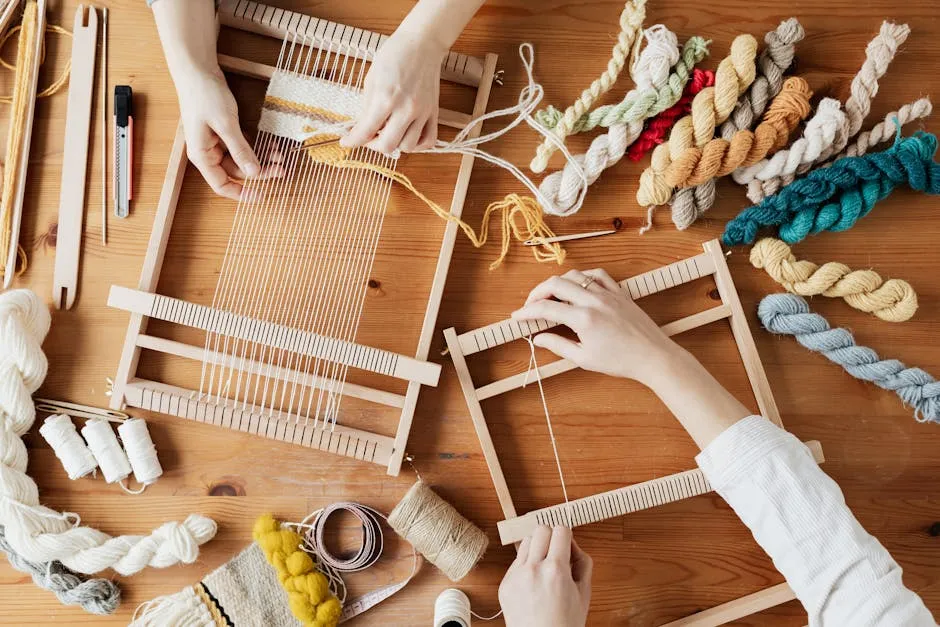
Quality of Writing Experience
Smoothness and Precision
When it comes to the writing experience, vintage pencils shine like a polished gem. They provide a level of smoothness that modern counterparts often struggle to match. Many enthusiasts rave about specific models that deliver an almost buttery glide across the page. For instance, the Eagle Chemi-Sealed Mirado 174 and the USA Black Flyer 4500 are frequently mentioned as standouts known for their exceptional performance. Users have noted that these vintage gems write with remarkable precision, allowing for clean lines and detailed work.
It’s not just the smoothness that impresses; the precision is equally noteworthy. The ability to create fine details without the pencil skipping or scratching makes these vintage tools a favorite among artists and writers alike. This level of quality is often a result of the meticulous crafting processes that characterized their production. Each pencil was designed with care, ensuring a refined writing experience that modern pencils sometimes lack.

Durability and Longevity
Vintage pencils are not just a pretty face; their durability and longevity are legendary. Many vintage models, like the Ticonderoga Woodgrain, have proven to withstand the test of time. These pencils maintain their quality, even after years of use. The wood does not crack easily, and the graphite core remains intact, allowing for consistent performance.
In comparison, modern pencils often face common issues like core breakage, which can be frustrating for users. The combination of lower-quality materials and manufacturing processes has led to a more fragile product. Users frequently report that modern pencils can break under pressure, leaving them with a short lifespan. Vintage pencils, on the other hand, seem to possess an endurance that allows them to thrive through the ages.
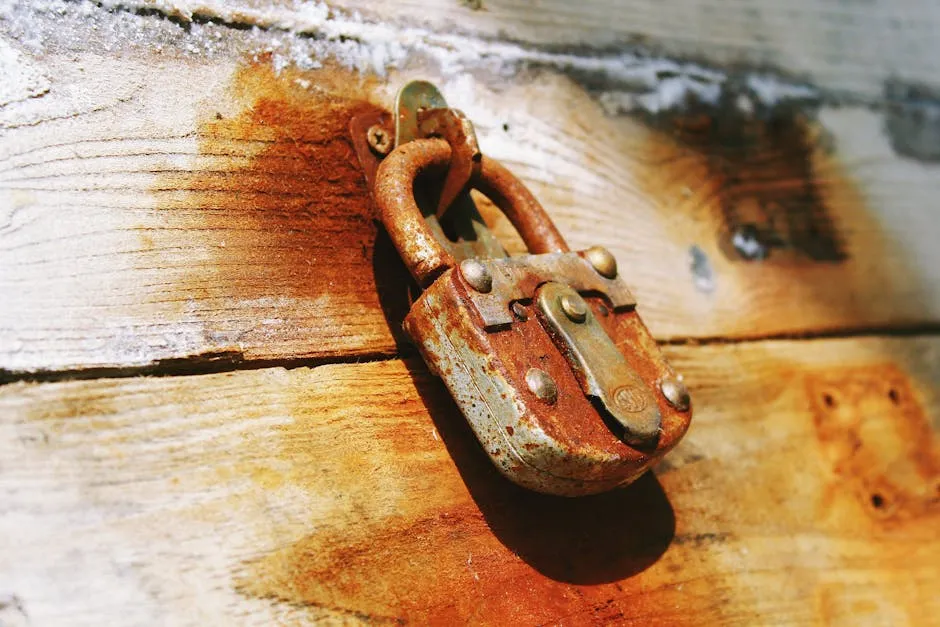
Aesthetic and Collectible Value
Unique Designs and Features
Vintage pencils are not just tools; they are pieces of art. The unique aesthetics of these writing instruments can be quite captivating. From intricate packaging to beautifully finished barrels, vintage pencils showcase designs that reflect the era they were produced in. Collectors often seek out specific models for their appealing designs, which can evoke a sense of nostalgia and admiration.
Take, for example, the vintage Faber-Castell Polychromos pencils. Their striking color combinations and elegant branding make them a favorite among artists. Collectible models, such as the early Ticonderoga Woodgrain, are cherished not just for their functionality but also for their visual appeal. Enthusiasts find joy in showcasing these pieces, knowing they represent a bygone era of craftsmanship and creativity.
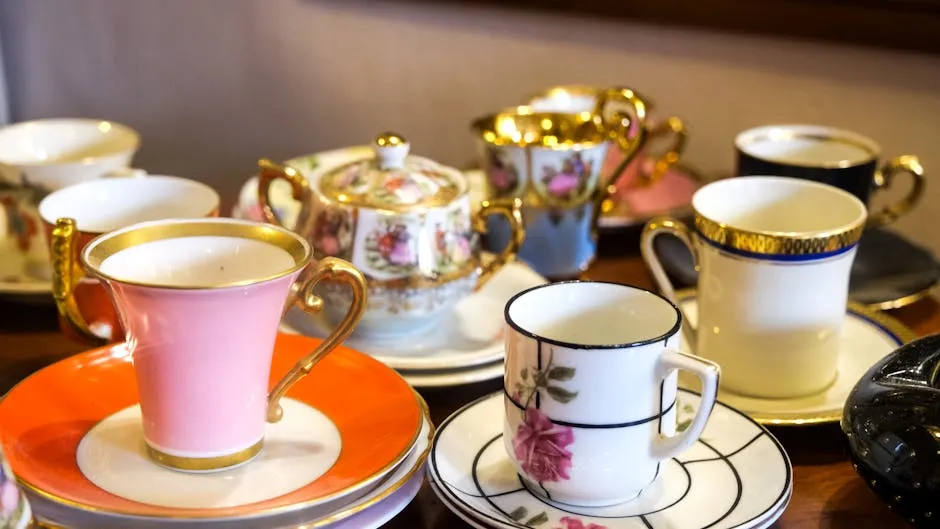
Market Demand and Value
The market for vintage pencils continues to thrive, with prices often reflecting their desirability and condition. Collectors are willing to pay premium prices for rare finds, and certain models have become highly sought after. The value of a vintage pencil can depend on factors like rarity, brand, and overall condition, making it a fascinating area for enthusiasts to explore.
As the demand for unique and high-quality writing instruments grows, so does the appeal of vintage pencils. Collectors often look for specific features, such as limited edition releases or pencils tied to significant historical events. This blend of aesthetic appeal and collectible value adds another layer to the charm of vintage pencils, making them a worthy investment for those who appreciate quality and history in their writing tools.
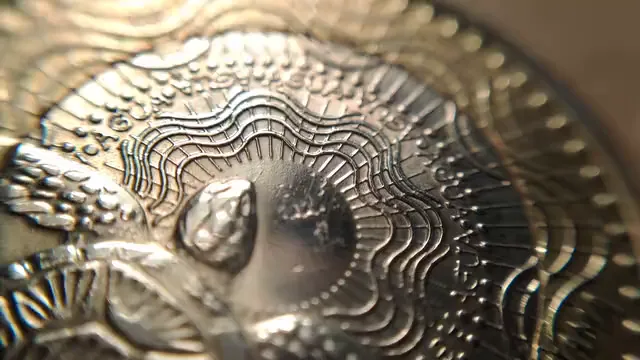
Comparison with Modern Pencils
Performance Comparison
When comparing vintage and modern pencils, the differences can be startling. Take the Ticonderoga Woodgrain, for example. Known for its rich, smooth writing experience, it stands out against many contemporary pencils. Vintage models like the Eagle Chemi-Sealed Mirado 174 and the USA Black Flyer 4500 are often celebrated for their exceptional performance. These pencils glide effortlessly, leaving a dark, consistent mark that modern options sometimes fail to deliver.
On the flip side, modern pencils such as the Blackwing 602 offer impressive design and comfortable grips. However, many users find that their writing experience lacks the finesse of vintage models. For example, the Blackwing’s five-sided shape can feel awkward compared to the classic round barrel of vintage pencils. While the Blackwing may boast a beautiful finish, it often doesn’t sharpen as well as the Ticonderoga Woodgrain, which remains a favorite for its reliability.
Durability is another point of contention. Vintage pencils typically use higher-quality wood and graphite, leading to less core breakage and a more satisfying sharpening experience. In contrast, modern pencils often face complaints about fragility, with users reporting frequent core breakages. It’s like comparing a sturdy old oak to a sapling—both have their merits, but one clearly stands the test of time.
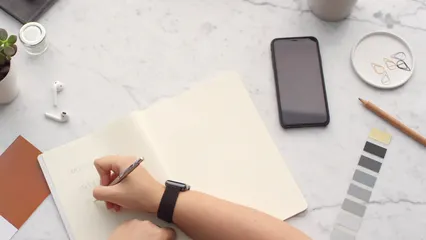
User Preferences
User anecdotes reveal a strong preference for vintage pencils among enthusiasts. One artist remarked, “There’s nothing quite like the feel of a vintage Mirado in my hand. It’s like writing with a piece of history!” This sentiment is echoed among many who appreciate the connection to a simpler time when craftsmanship mattered.
Another user shared, “I’ve tried so many modern pencils, but nothing quite compares to the smoothness of an old Faber-Castell Polychromos. It makes my artwork feel alive.” Many users highlight that the writing experience with vintage pencils evokes nostalgia and a personal touch that modern counterparts often lack.
Collectors and casual users alike cherish the unique stories behind their vintage finds. Whether it’s the thrill of discovering a long-lost Ticonderoga at a garage sale or the satisfaction of using a pencil that once belonged to a favorite author, the emotional connection to these tools is undeniable. In a world of mass production, vintage pencils offer a glimpse into a time when each pencil was a labor of love—something that modern options sometimes fail to replicate.

Conclusion
Vintage pencils stand as a testament to quality, nostalgia, and craftsmanship. The unique blend of materials and techniques used in their production gives them an edge over many modern counterparts. Each pencil whispers stories of craftsmanship that has stood the test of time. Imagine holding a Ticonderoga Woodgrain pencil, its familiar weight in your hand, and feeling a wave of nostalgia wash over you. It’s more than just a writing instrument; it’s a piece of history.
As we consider the writing experience, it’s essential to acknowledge how factors like nervousness can affect performance. Understanding this can enhance our appreciation for the smoothness and reliability of vintage pencils. Why does nervousness affect performance in competitive environments?
The aesthetic appeal of vintage pencils can’t be overlooked. Their designs often reflect a charm and character that modern pencils lack. From colorful barrels to elegant fonts, each vintage pencil is a work of art. They add a touch of personality to your writing desk and make every note feel special. When you write with a vintage pencil, you’re not just jotting down thoughts; you’re connecting with the past.
But it’s not just about looking good. The performance of vintage pencils is often superior, thanks to their high-quality materials and craftsmanship. Many users report smoother writing experiences and better durability. They can often handle the pressure of writing without the dreaded core breakage that modern pencils frequently suffer from.
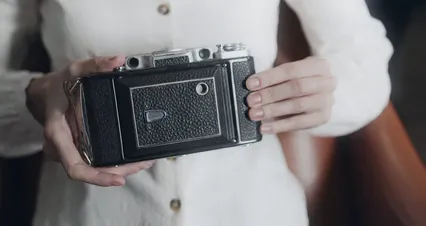
So why not explore the world of vintage pencils? Take a stroll through local antique shops, scour online marketplaces, or attend estate sales. You might just find a pencil that resonates with your personal history or artistic needs. Whether you’re an artist seeking the perfect tool or a collector in search of a nostalgic treasure, vintage pencils offer something for everyone. Embrace their charm and let them inspire your next masterpiece!
FAQs
Are all vintage pencils better than modern ones?
While many vintage pencils boast high quality, not all can be deemed superior. The quality often depends on the specific brand and era of production. Some vintage models may have quirks or issues that modern pencils have resolved. It’s essential to research specific brands to determine their reliability.
Where can I find vintage pencils?
Vintage pencils can be sourced from various places. Online marketplaces like eBay are goldmines for collectors. Estate sales often yield hidden treasures, and local antique shops frequently have unique finds. Don’t forget to check out pencil-specific forums and communities; members often share leads on where to find quality vintage pencils.
How do I care for vintage pencils?
Caring for vintage pencils is straightforward. Avoid using old erasers, as they may have dried out or deteriorated. Always store them in a cool, dry place to prevent warping. When sharpening, use a quality sharpener to maintain the integrity of the wood and graphite core. Regularly inspect for any signs of wear, and treat them with care to preserve their quality.
Are vintage pencils still usable?
Absolutely! Many vintage pencils are still in excellent condition and can provide a delightful writing experience. Just be mindful of their age and check for any issues before putting them to use.
What brands are considered the best for vintage pencils?
Notable brands to look for include Ticonderoga, Faber-Castell, Mirado, and Eberhard Faber. Each brand has its own legacy of quality, and certain models have become highly sought after by collectors and enthusiasts alike.
Are Vintage Pencils Still Usable?
Absolutely! Vintage pencils remain highly usable, and many still write beautifully. Imagine unearthing a vintage Ticonderoga or a Mirado from a dusty drawer. The excitement is palpable! When sharpened, these classics can still deliver a smooth, satisfying writing experience.
However, there’s a catch: if they come with erasers, it’s wise to steer clear of those. Erasers tend to dry out over time, leaving you with nothing but a smudgy mess. But the lead? It’s as good as gold!
Some vintage pencils might also have unique grading systems compared to today’s familiar B and H scales. If you stumble upon one labeled “HARD” or “VERY HARD,” don’t fret! These grades can sometimes yield surprisingly delightful results.
So, whether you’re sketching, journaling, or drafting that novel you keep putting off, vintage pencils can still shine—just like they did decades ago!
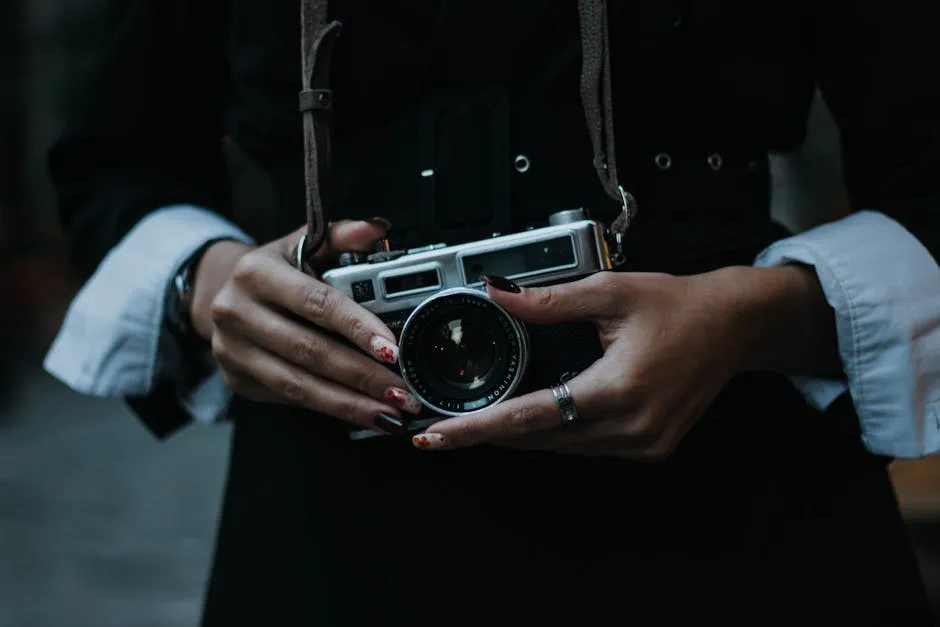
What Brands Are Considered the Best for Vintage Pencils?
When it comes to vintage pencils, a few brands stand out from the crowd, celebrated for their quality and performance. Here’s a rundown of some beloved names in the vintage pencil community:
- Ticonderoga: Known for its smooth writing experience, the Ticonderoga Woodgrain is especially coveted. Vintage models often hold a special place in collectors’ hearts.
- Faber-Castell: This brand has a rich history of producing high-quality pencils. Their Polychromos and 9000 series are particularly revered.
- Mirado: The Mirado series, especially the Eagle Chemi-Sealed Mirado 174, is famous for its precision and smoothness. Artists and writers alike appreciate its performance.
- Eberhard Faber: This brand produced numerous beloved models, including the Mongol and the American series. Vintage Eberhard Faber pencils often have a loyal following.
- Prismacolor: While contemporary Prismacolor pencils have their merits, vintage versions from the ’90s and earlier are highly sought after by artists for their creamy texture and rich pigments.
- USA Black Flyer: This pencil is praised for its smooth writing and comfortable grip. It’s a favorite among those looking for a reliable vintage writing tool.
Each of these brands has its own legacy, and their vintage models are often treasured for their craftsmanship and aesthetic appeal. Whether you’re a collector or just looking for a reliable writing tool, these brands are worth exploring. Happy hunting!
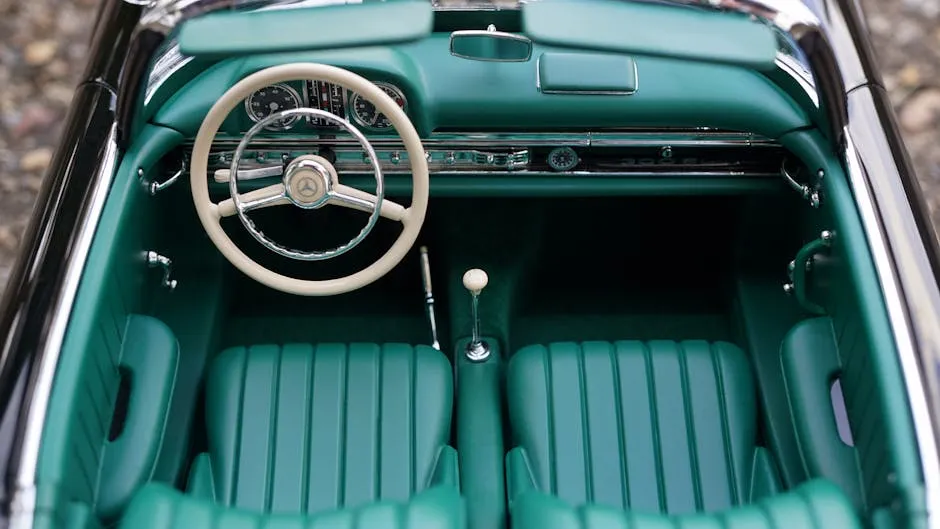
Please let us know what you think about our content by leaving a comment down below!
Thank you for reading till here 🙂
All images from Pexels




